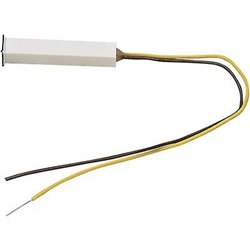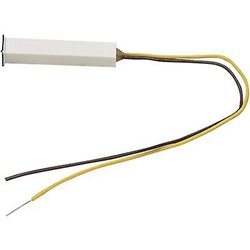The Class 60 is a heavy freight diesel-electric locomotive built for British Rail in the late 1980s and early 1990s....
No products
Product successfully added to your shopping cart
There are 0 items in your cart. There is 1 item in your cart.
Search Tips
Christmas and New Year
We are dispatching orders every weekday apart from Christmas Day, Boxing Day and New Year's Day.
If you order is time critical, select next day delivery at checkout.
The shop in Sandown is closed from 25th December, reopening on 30th December.
Are building smoke generators different to locomotive ones?
Building smoke generators are different from locomotive ones in two main areas, size and voltage.
Smoke generators that are designed specifically to operate from within a locomotive's bodyshell have a distinct disadvantage: they have to fit into an incredibly small space. This means that they can't be very big and for that reason, although they are good, they are not quite as good as larger ones that are designed for use in model buildings.
Another characteristic of a locomotive's smoke generator is that it has to operate off the same voltage as the locomotive. This by default means a maximum of 12-14V, and that's for generators designed to produce fake steam at a model's top speed. A more common set up would be for a generator to be designed to produce smoke at a much more relaxed 4-7 volts so the locomotive is capable of producing smoke as it is starting off.
Building smoke generators are designed to work from a stable 16v auxiliary supply making them more powerful and more reliable at producing smoke.
Click here to receive the tips weekly in your mailbox. You can unsubscribe at any time.










